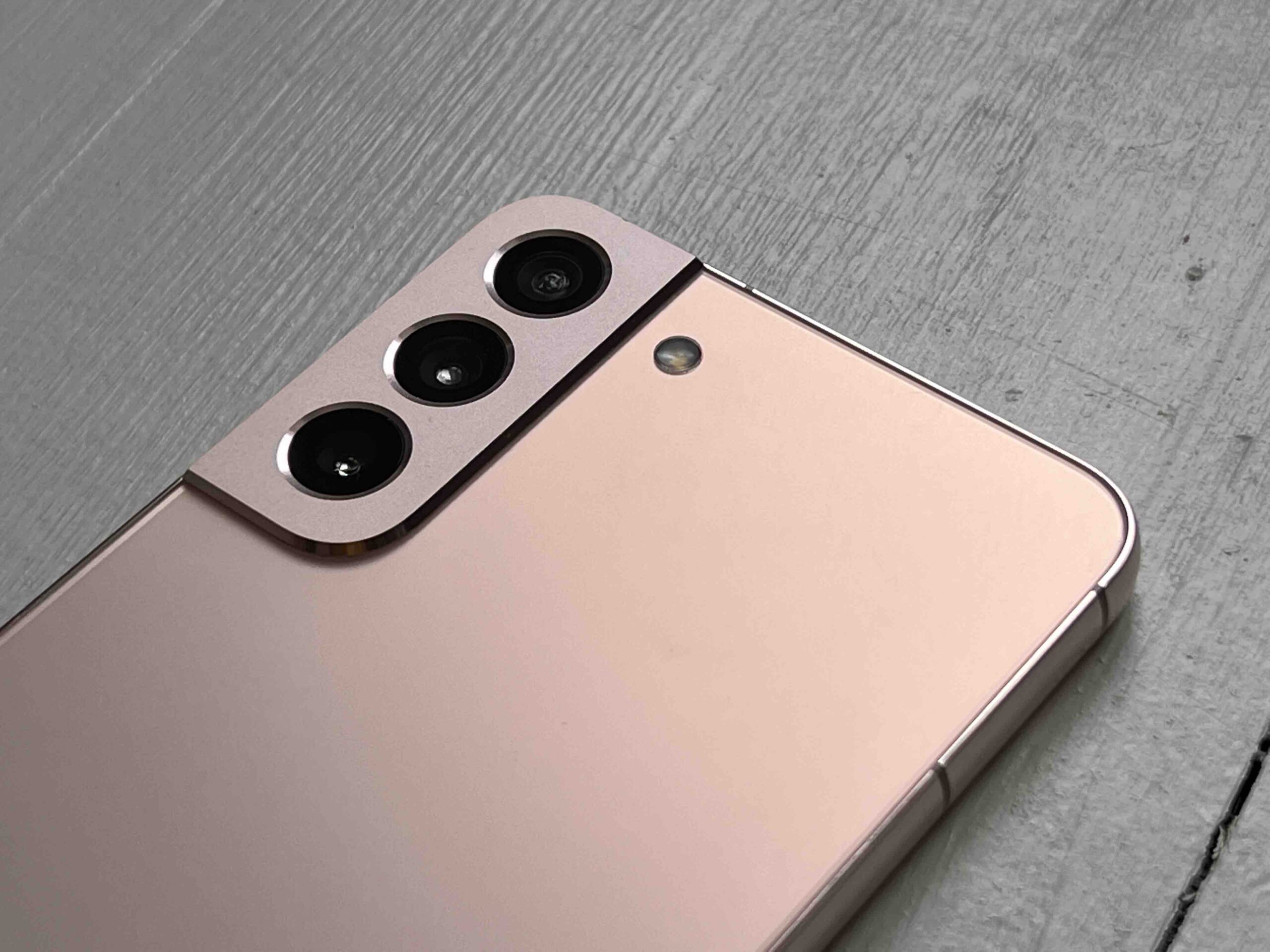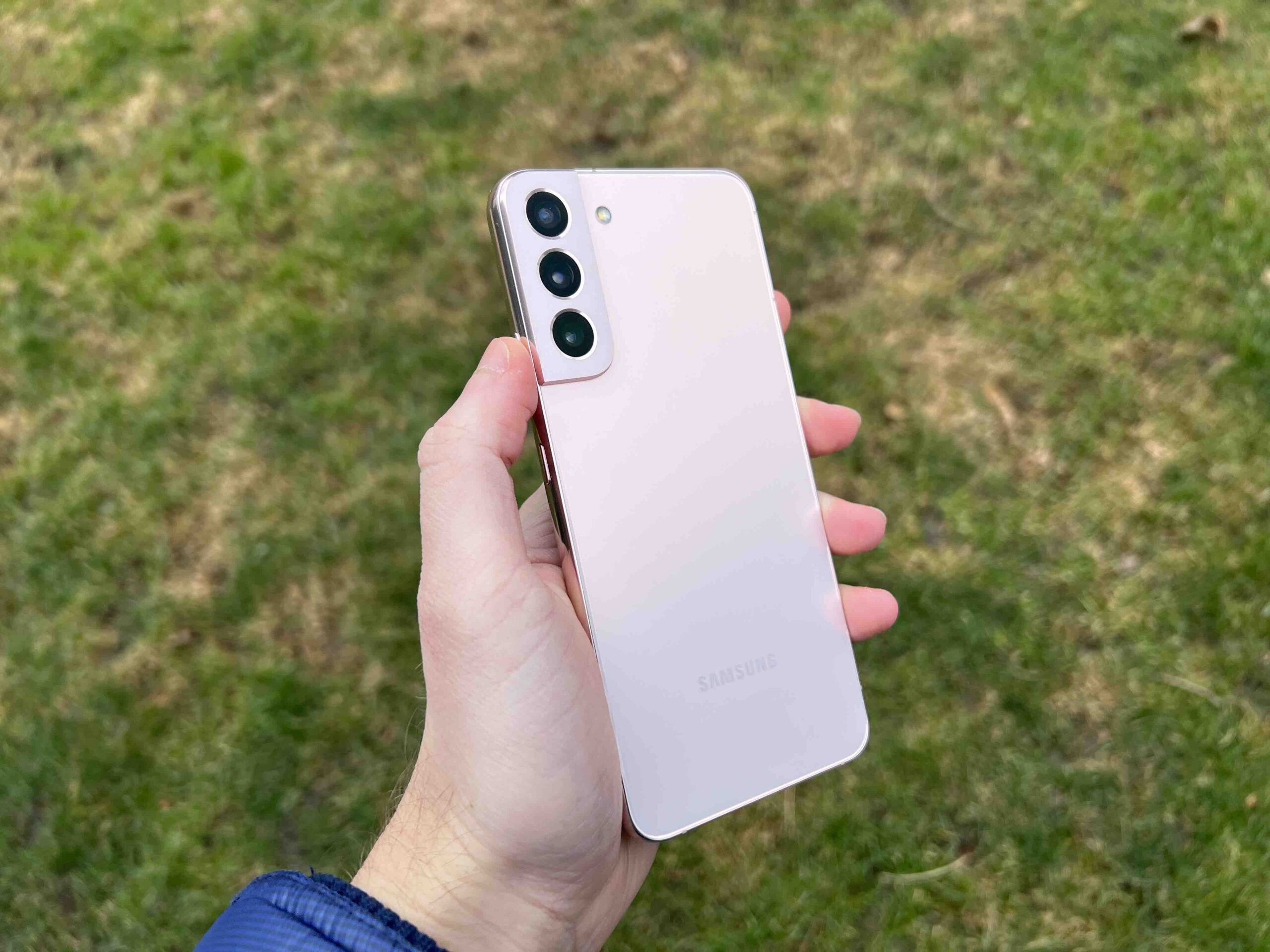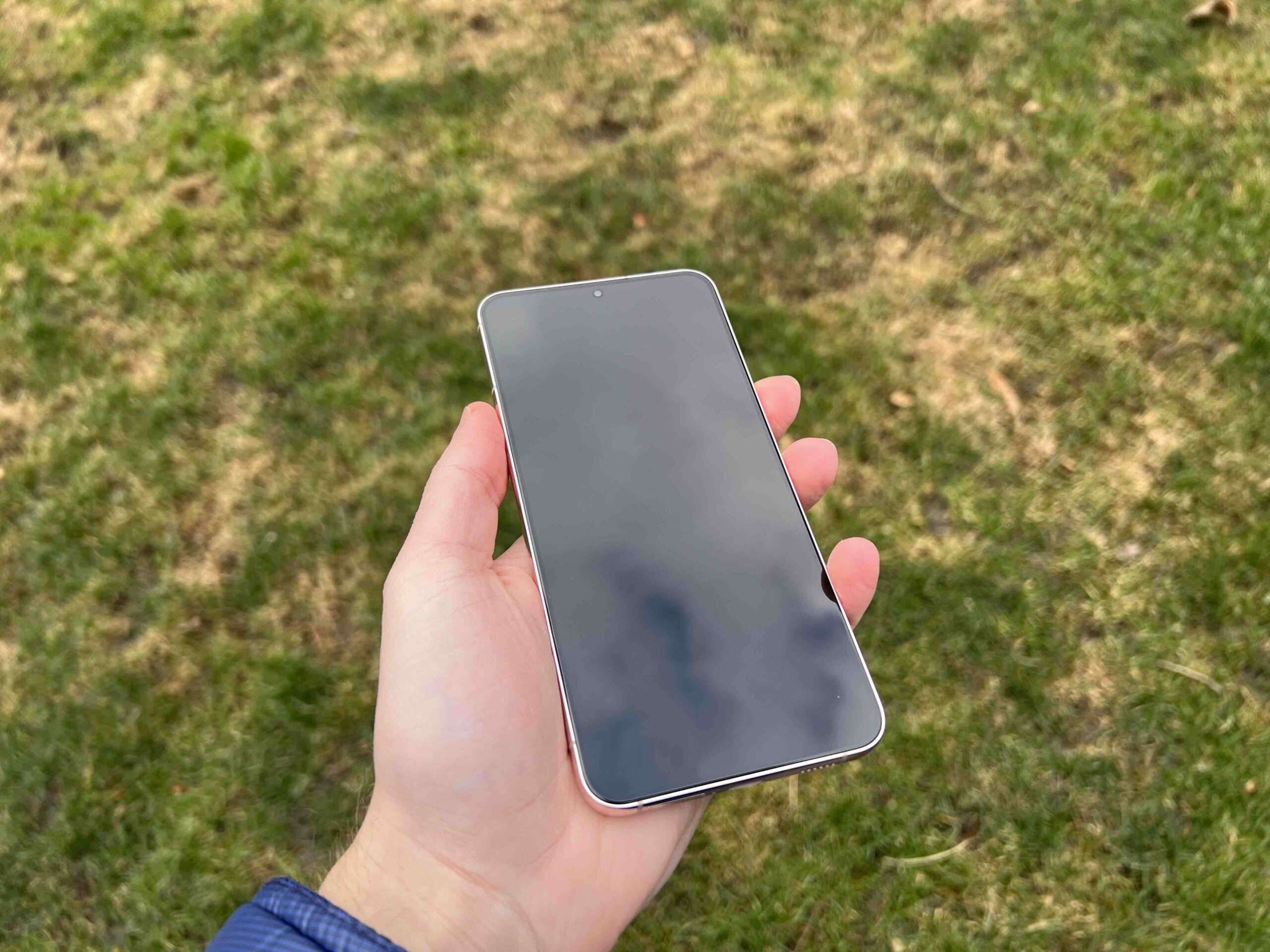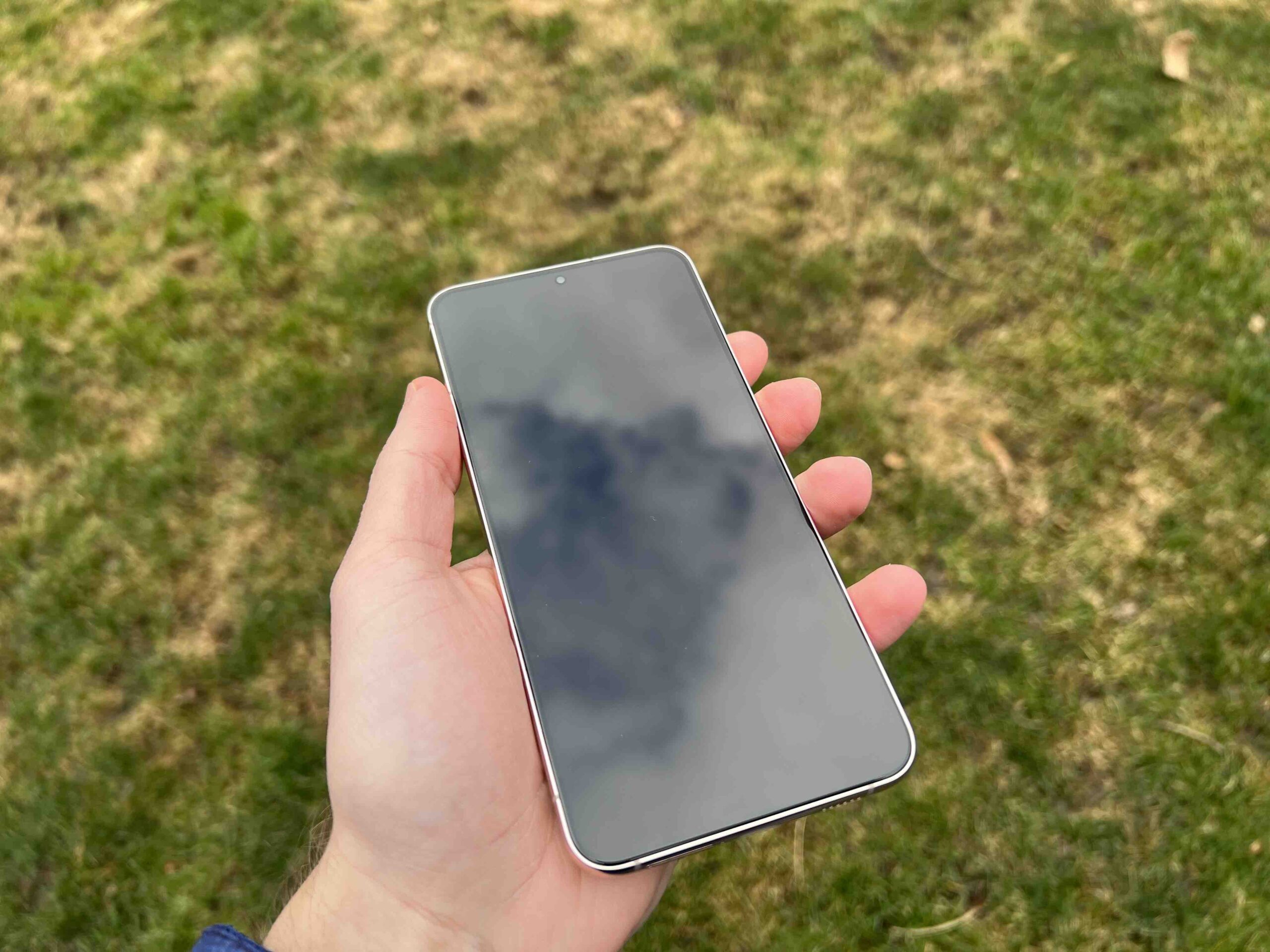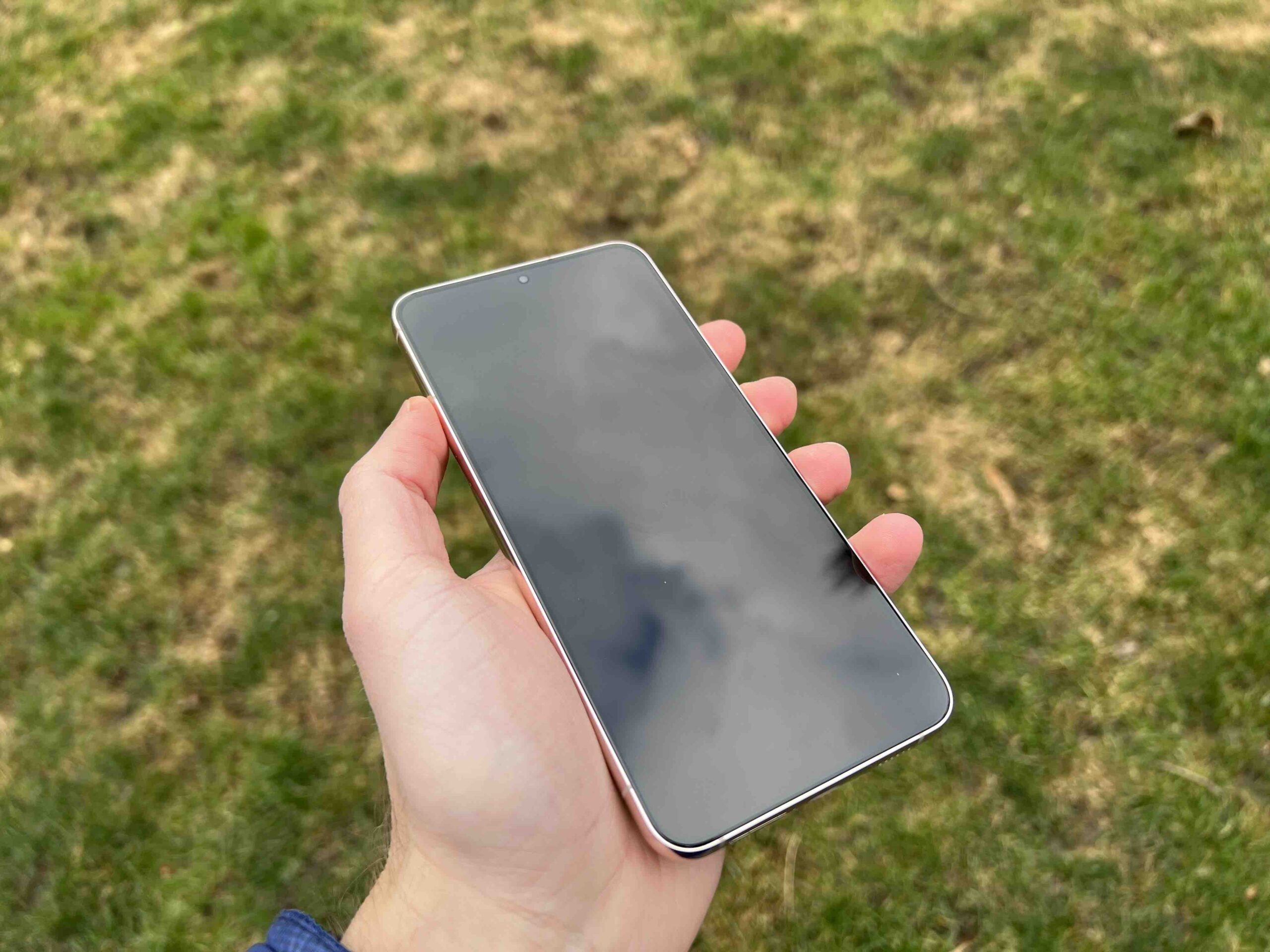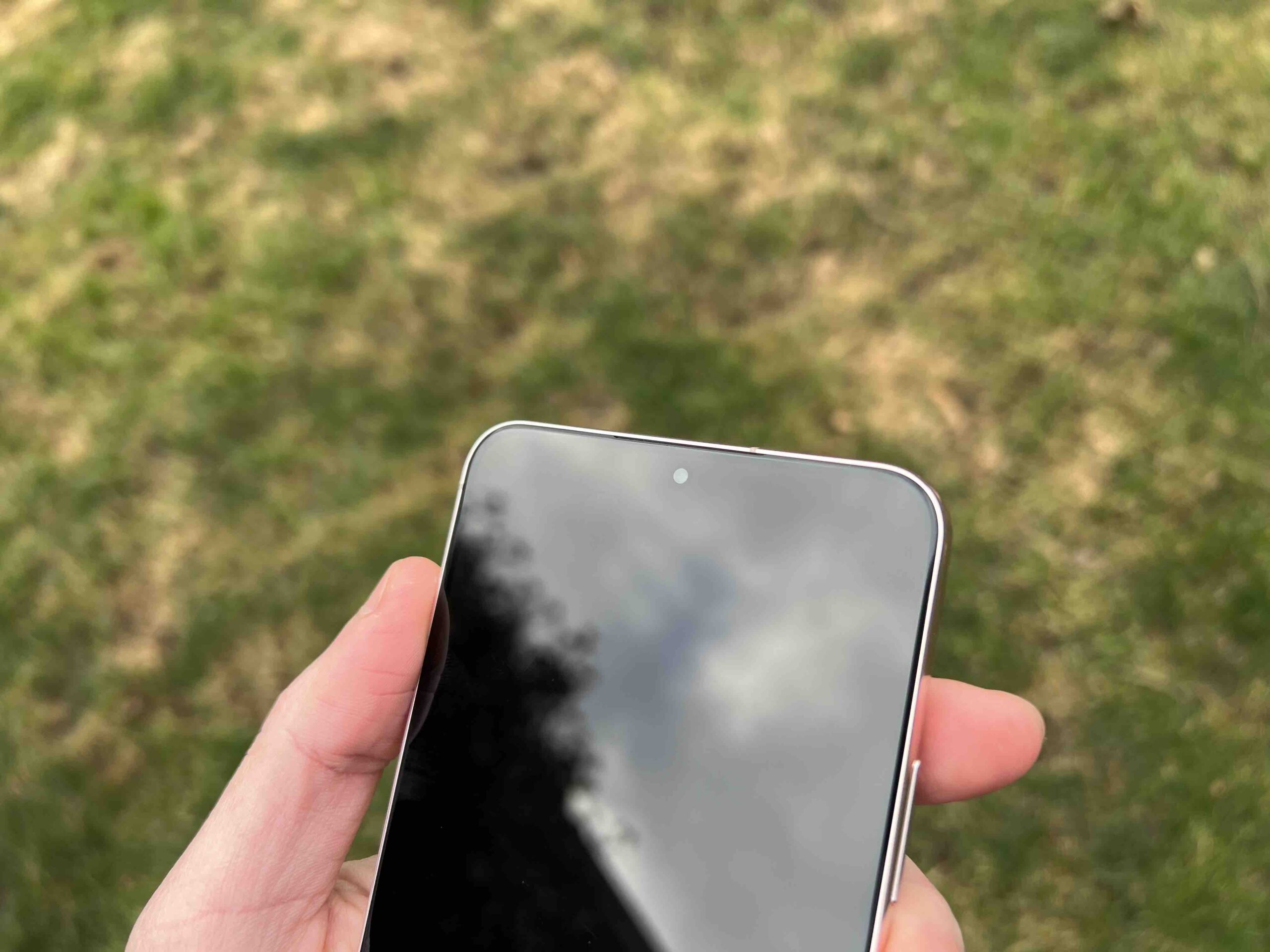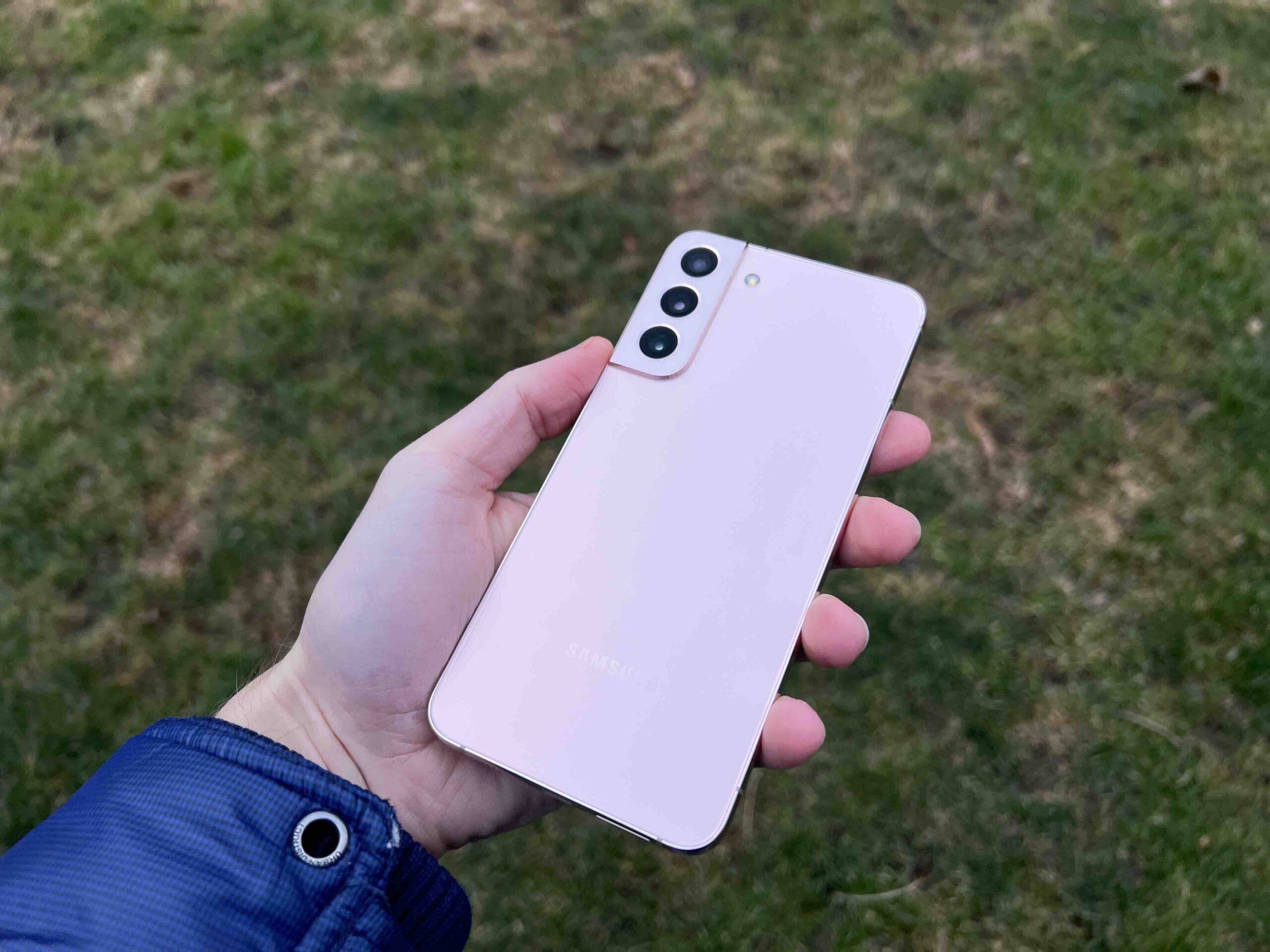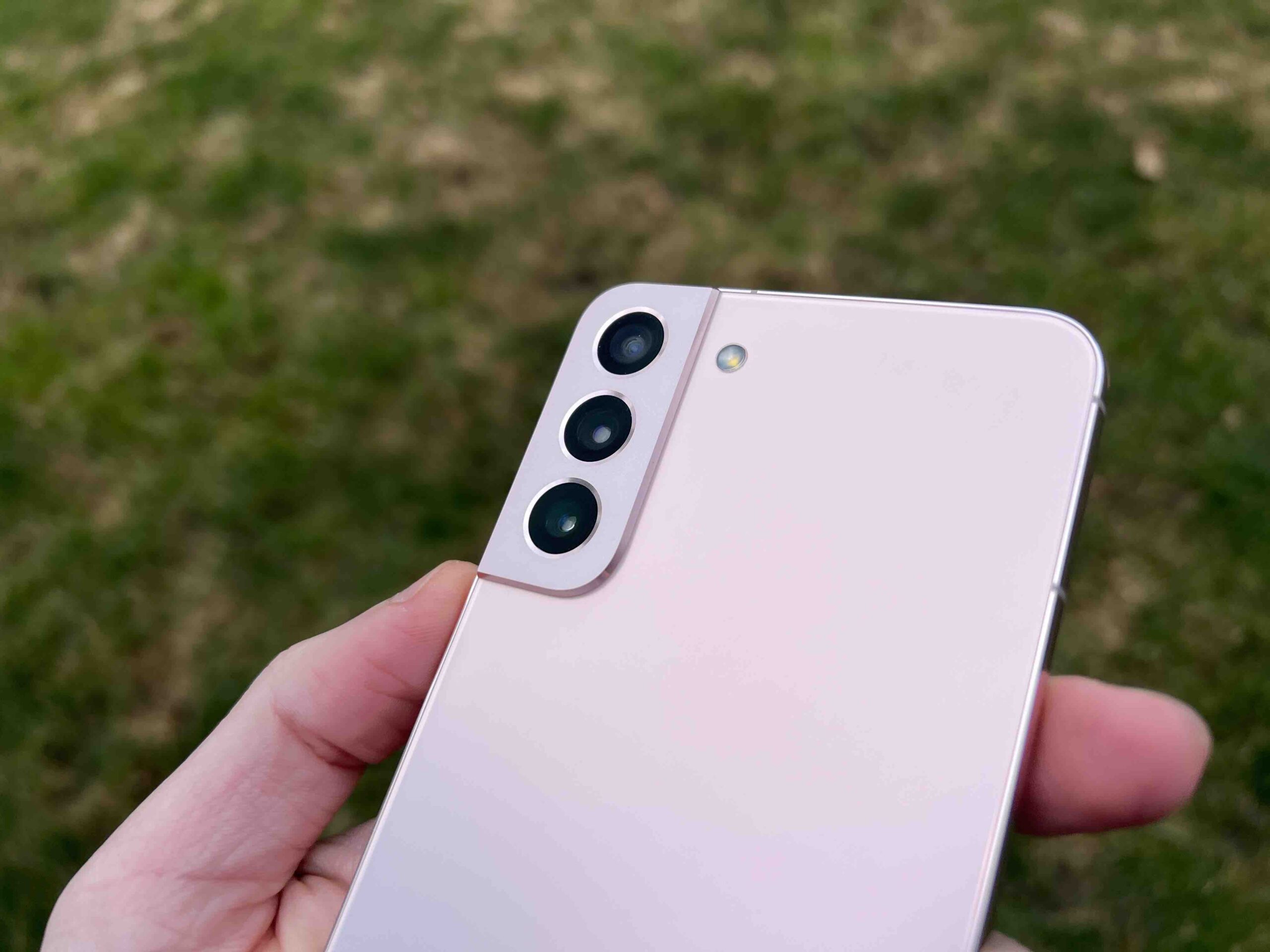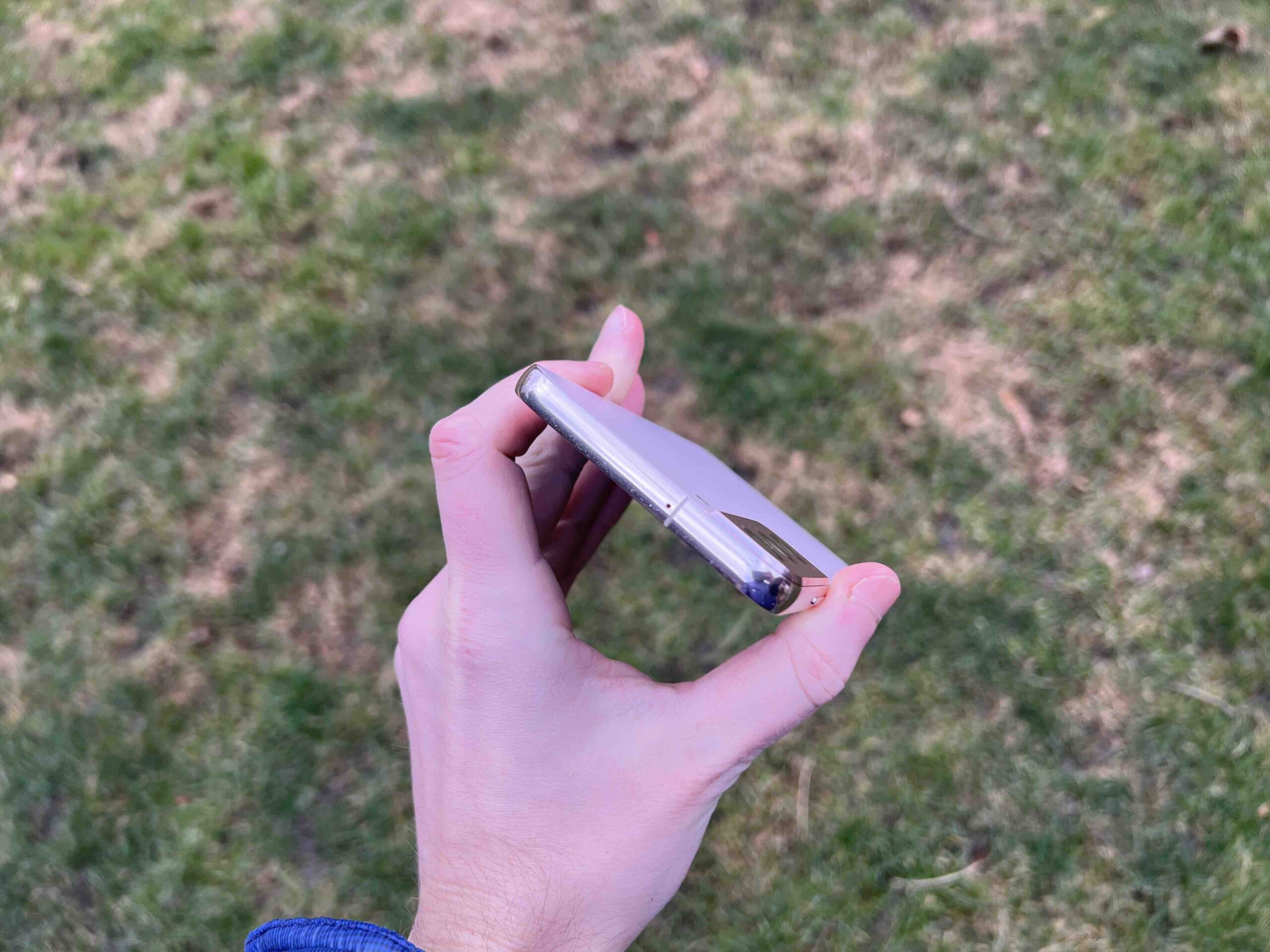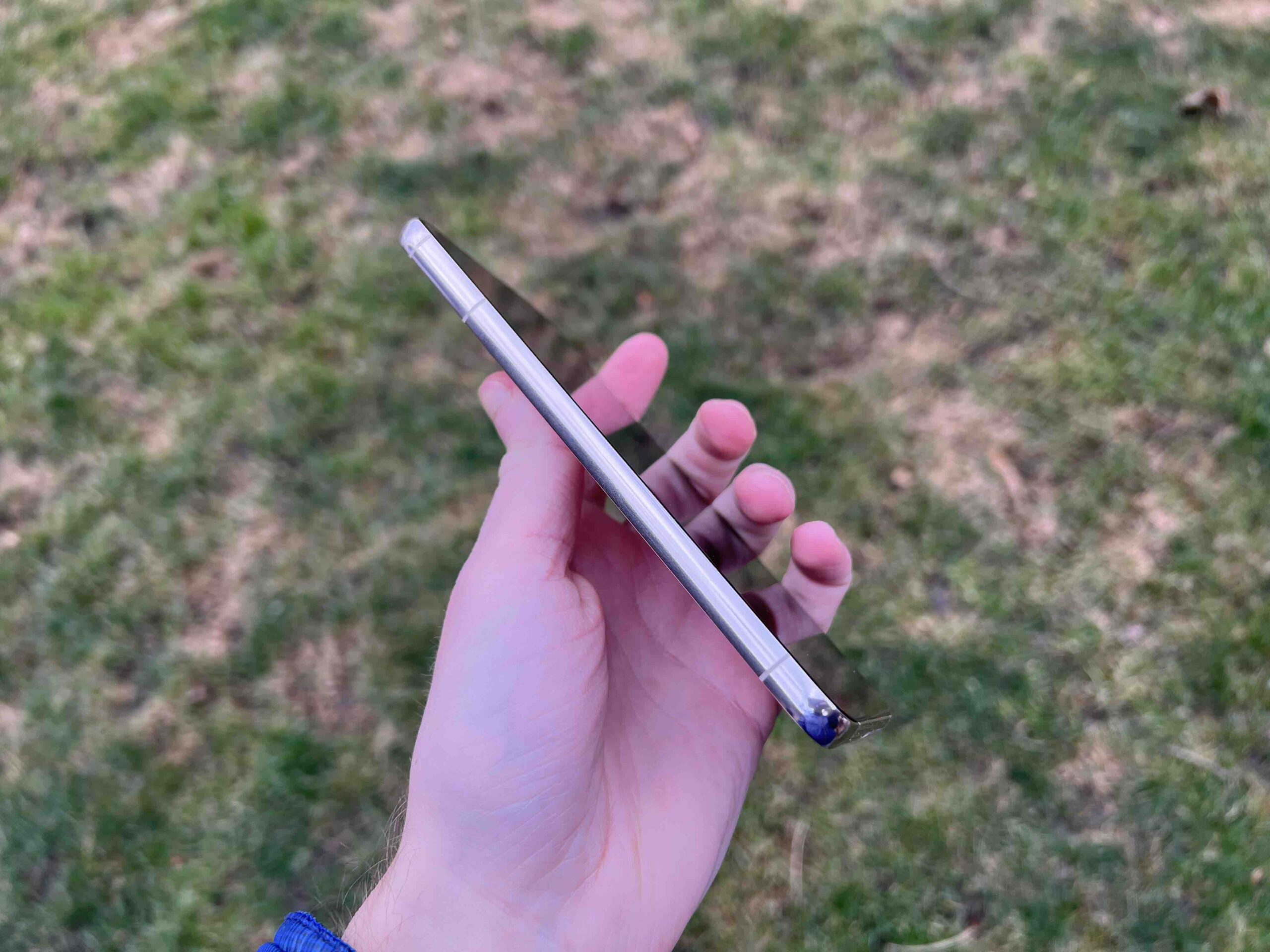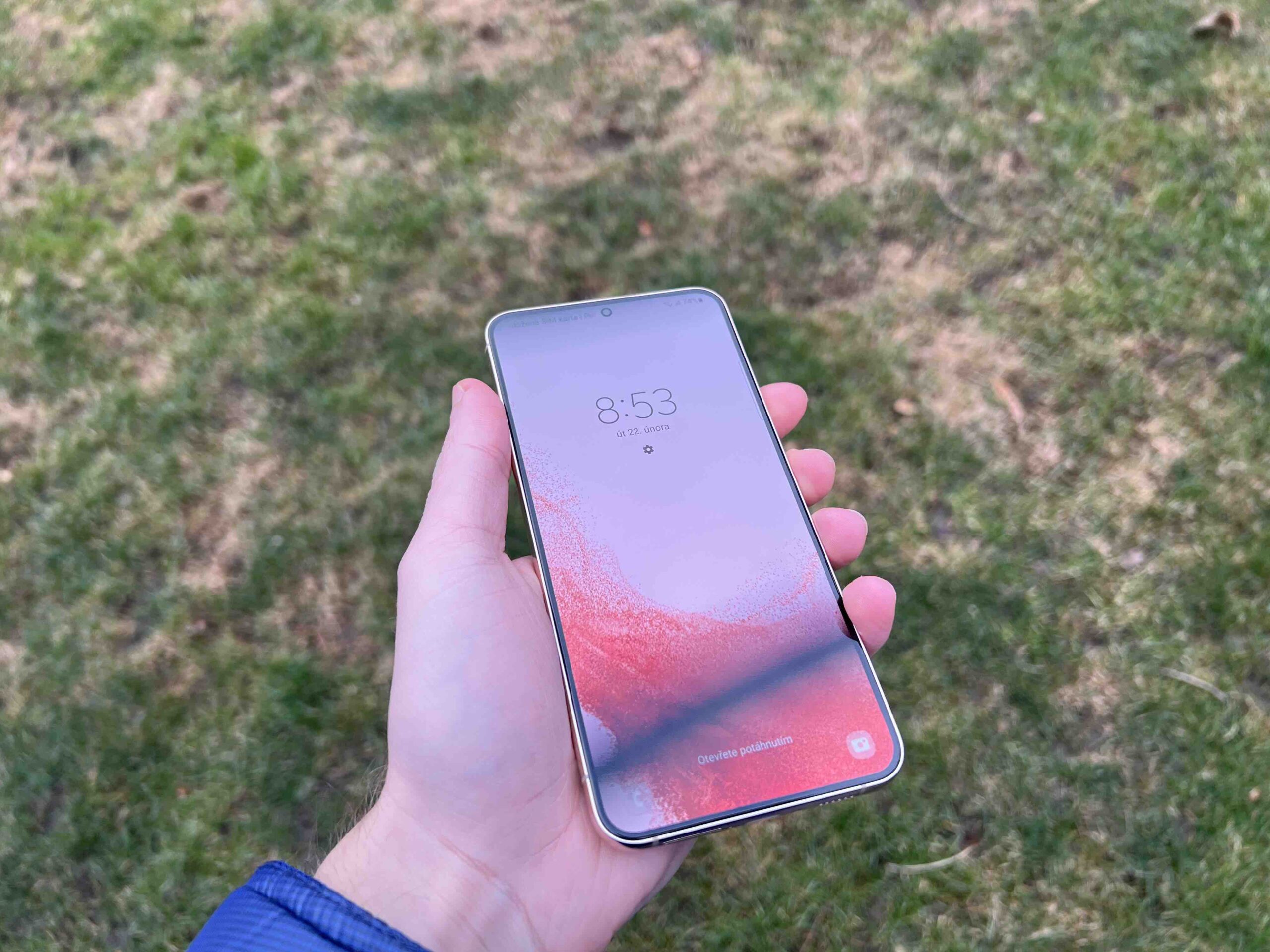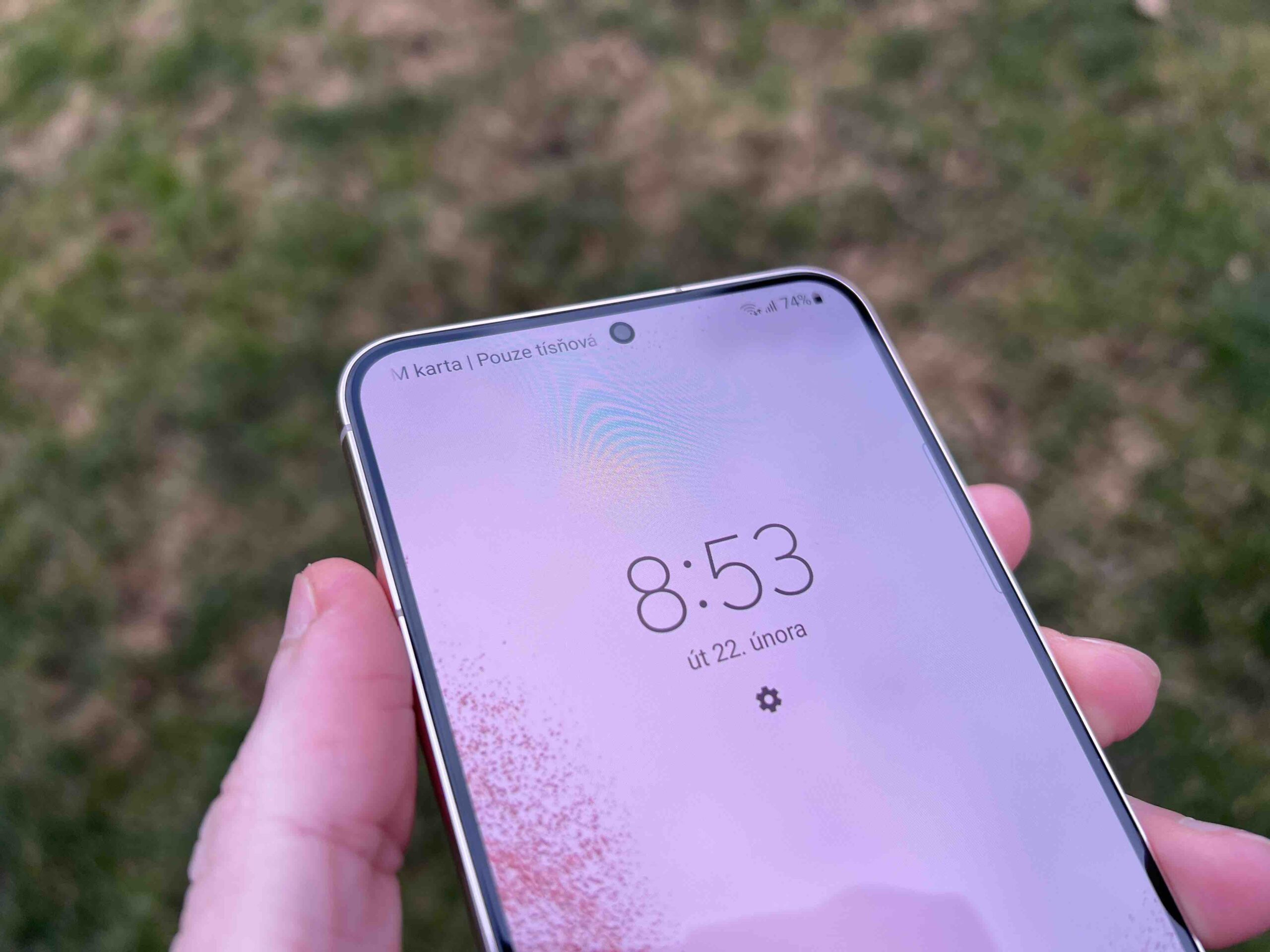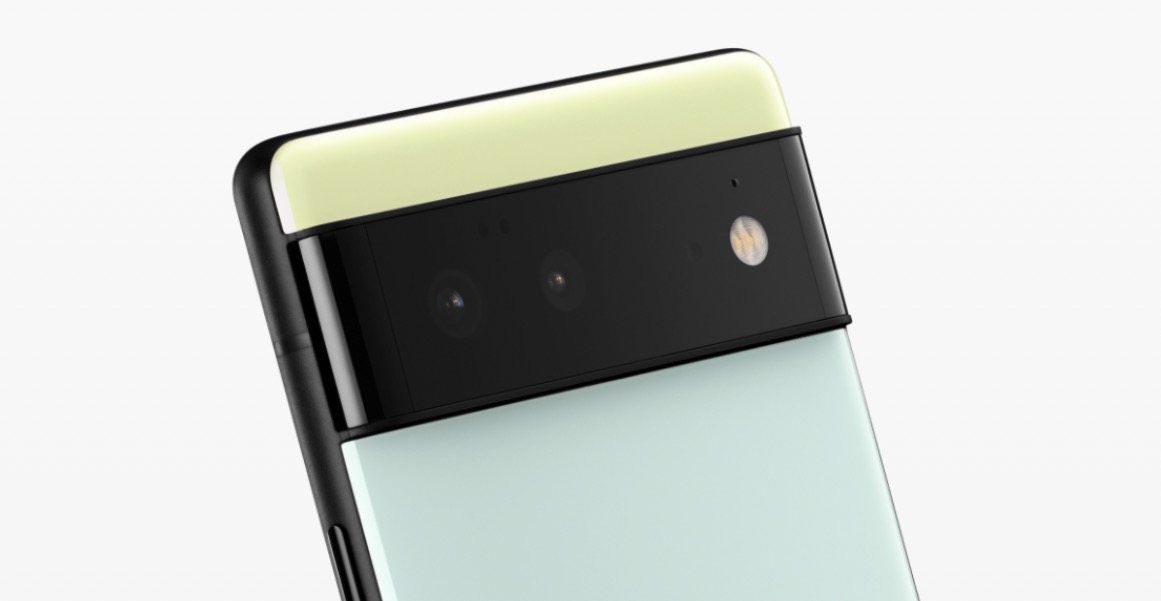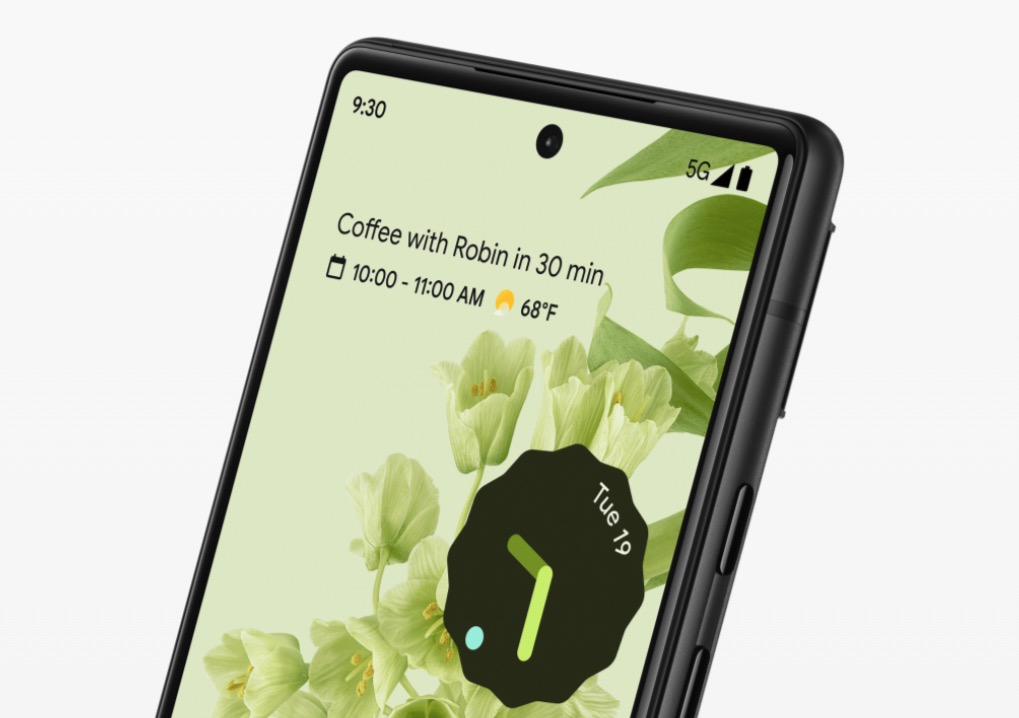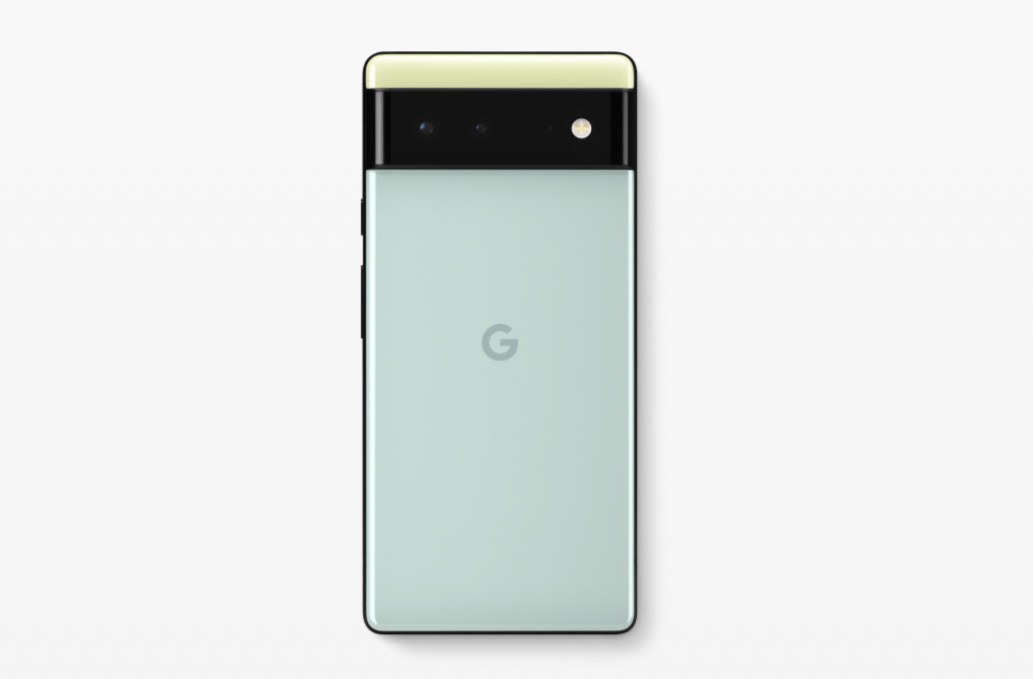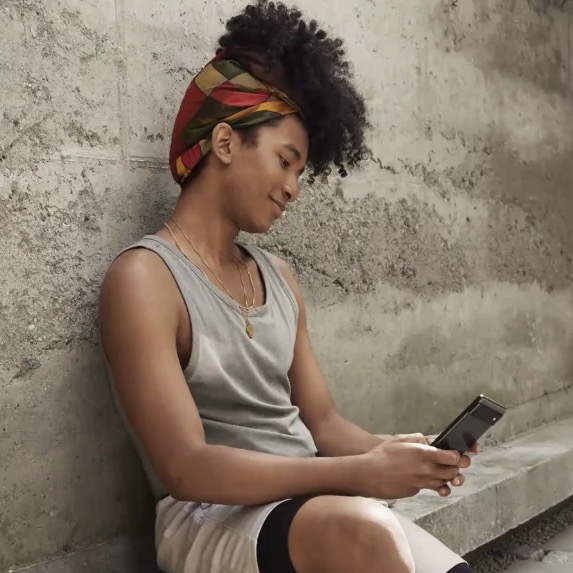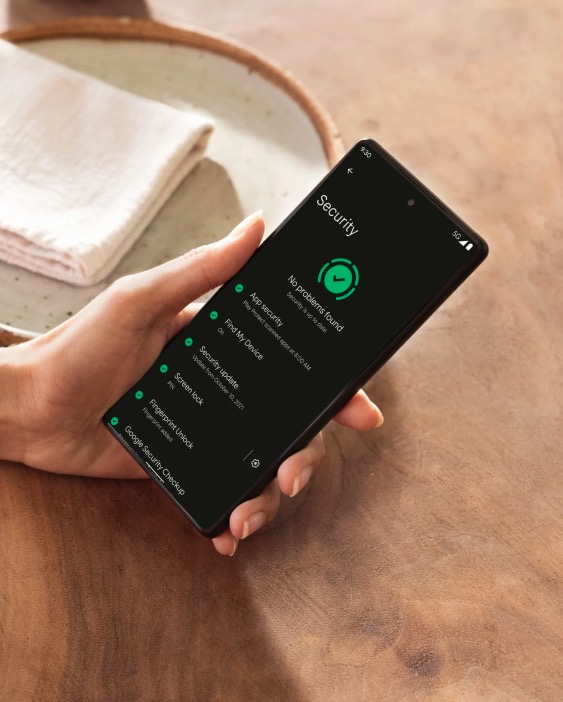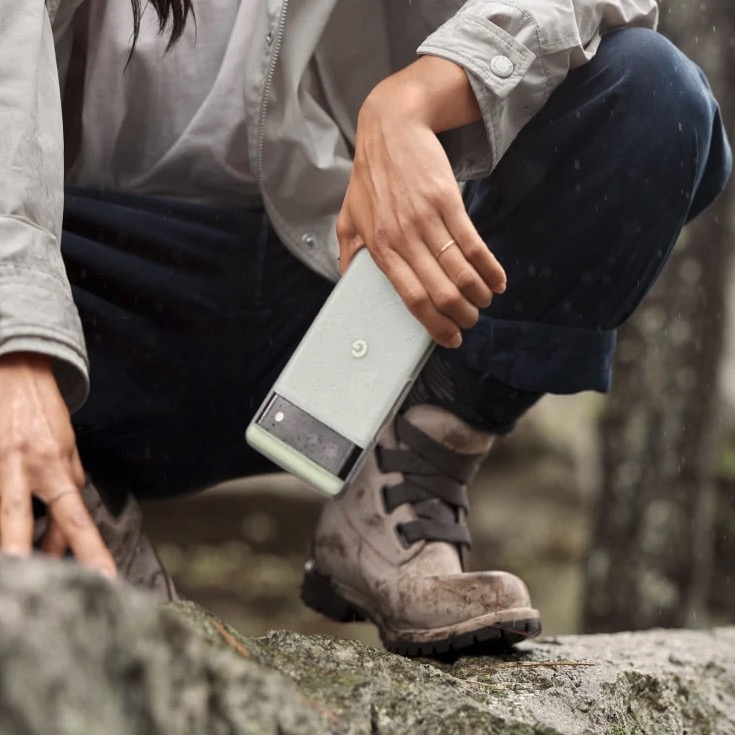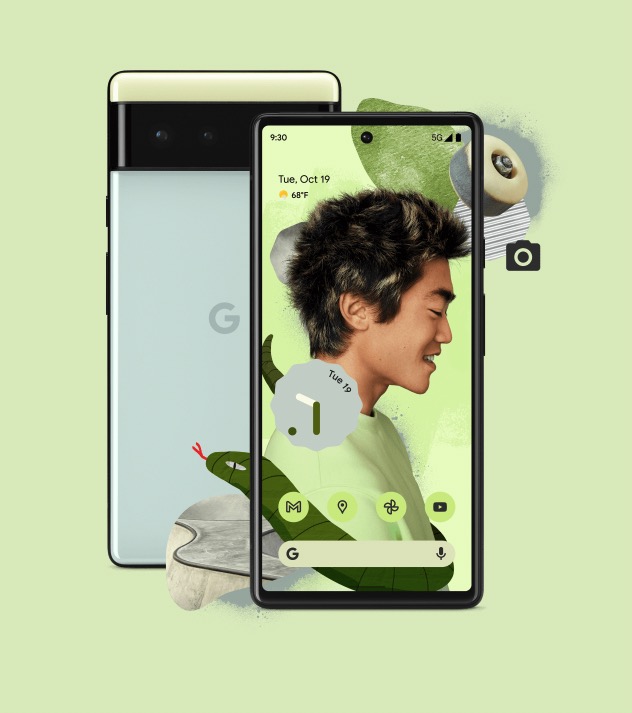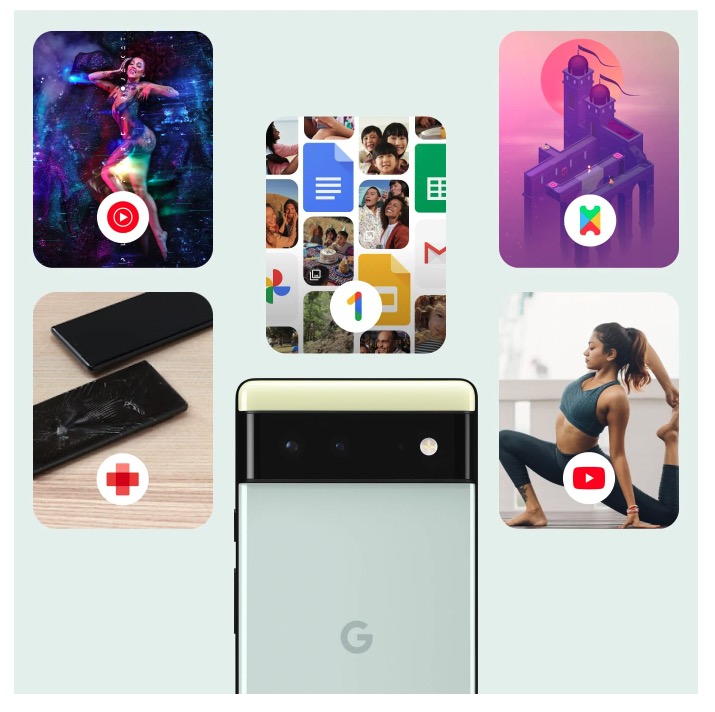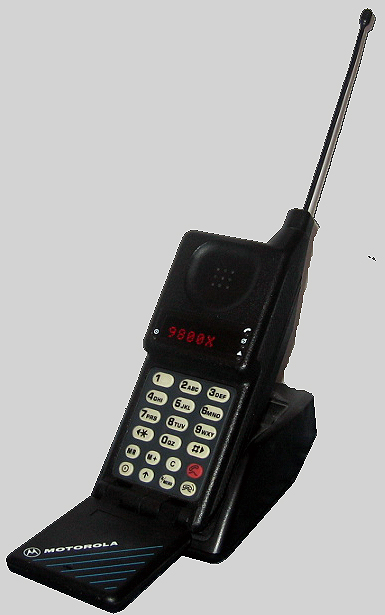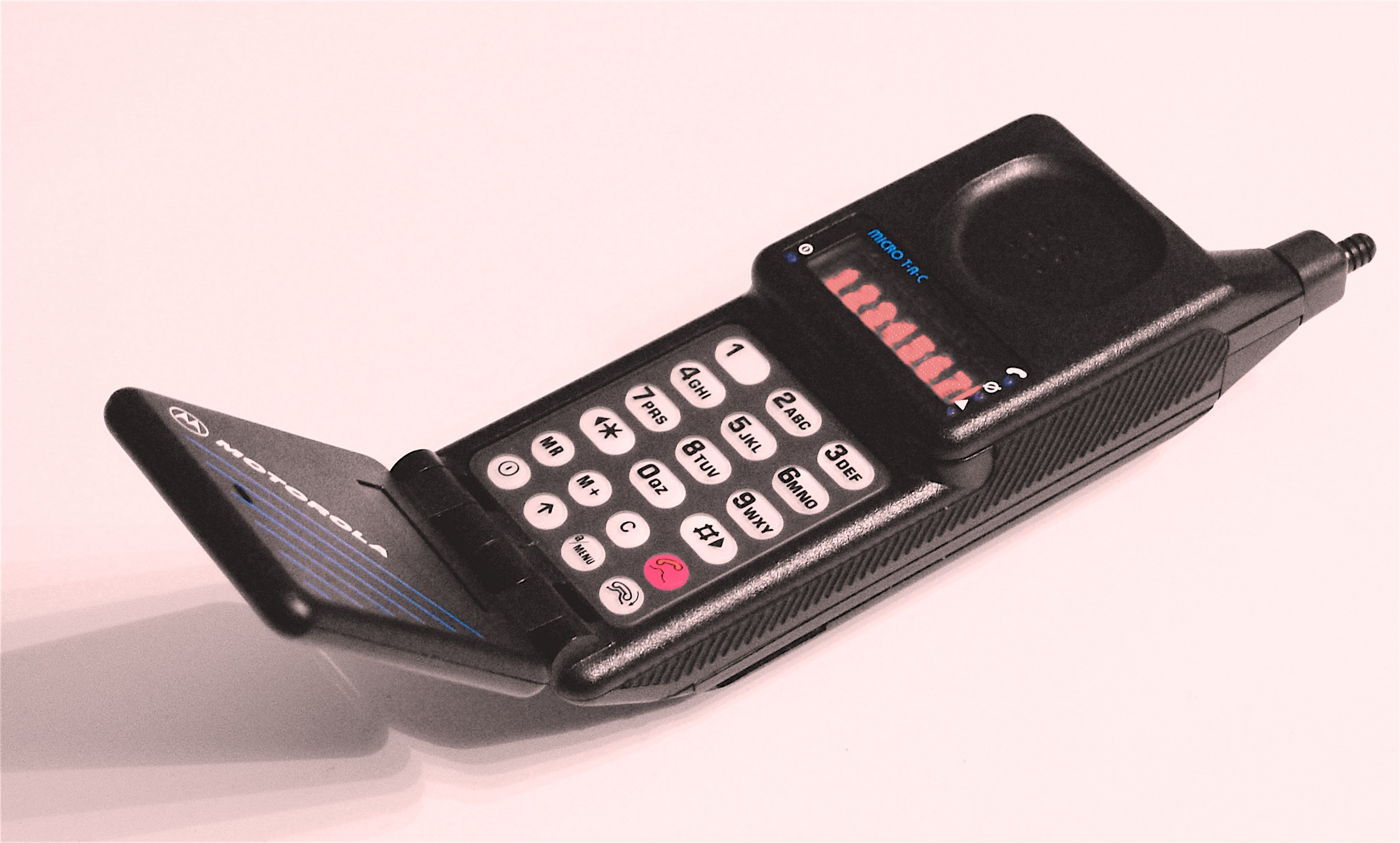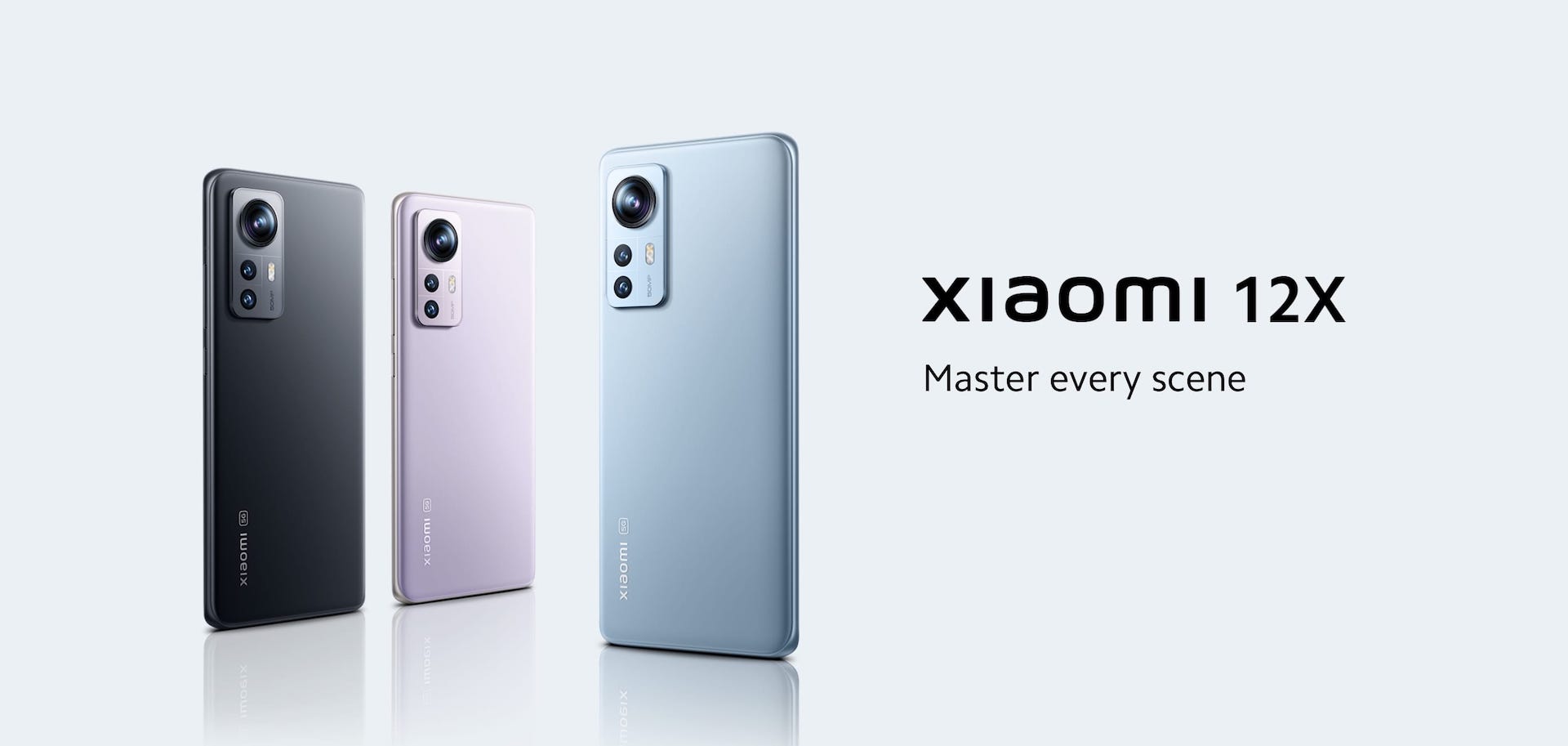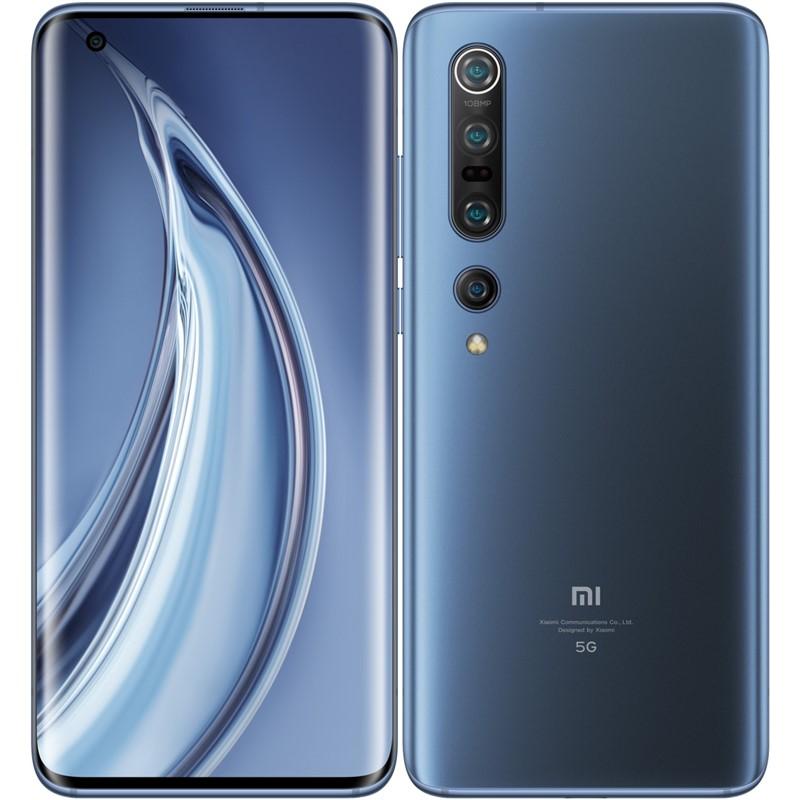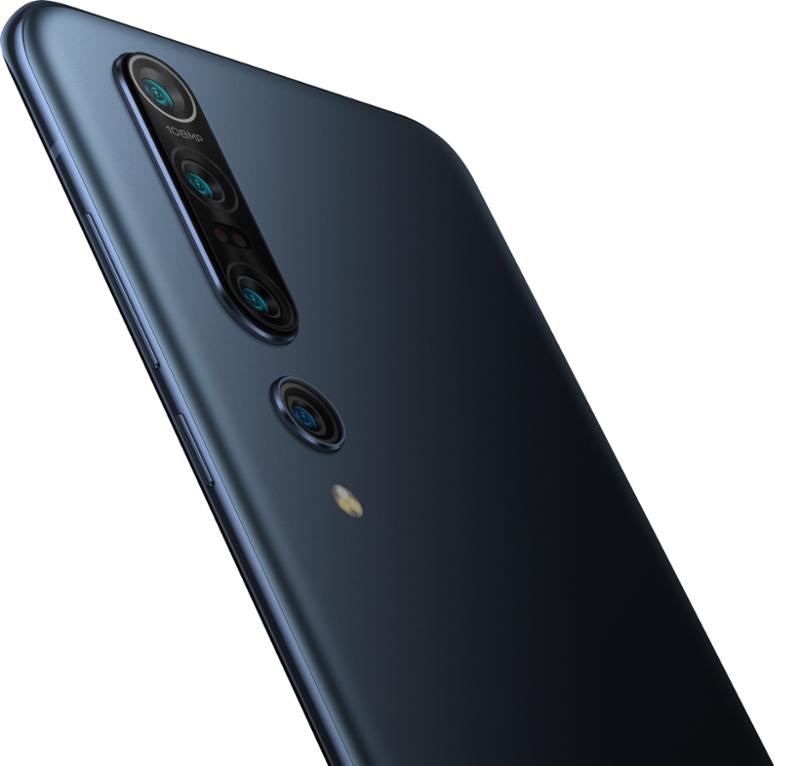Apple is the undisputed leader in the length of operating system support for a given device. After all, you can run iOS 15 on the iPhone 6S, i.e. the model that Apple introduced in 2015. However, the situation in the field of Android devices is noticeably improving. But a lot depends on the manufacturer.
This September, it will be 7 long years since Apple introduced the iPhone 6S, which still supports the current operating system. So it is iOS 15 and its decimal and hundredth versions, where the last one is currently 15.5, and which Apple released only this week. If we do not count the basic iOS 15, this is already 11 system updates in 7 months of its wide availability.
It could be interest you
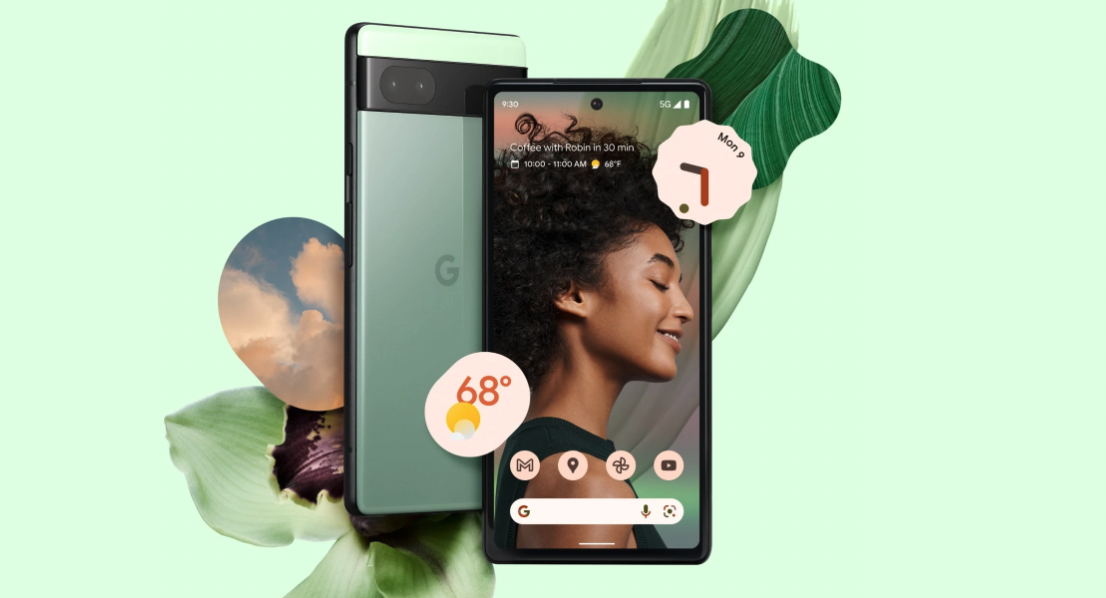
Samsung
Even manufacturers of devices with the Android operating system regularly update their devices. Some more often, others of course less. Samsung is the leader in this regard, in such a way that it surpasses even the creator of the system itself, i.e. Google. In 2020, the company officially announced that all its flagship phones from the Galaxy S10 series will receive three years of major software updates, meaning Android updates. Now the program has been extended to four years and for all newer models of the Galaxy S, Galaxy A, Galaxy Z series, as well as Tab S tablets. In total, there are more than 130 device models. Security updates then come monthly for five years from the start of sales of the device.
Google has always required Android device manufacturers to provide at least two years of support for their devices. At the same time, its Pixel phones receive three-year support. The current Pixel 6 and 6 Pro are guaranteed a new version of Android until 2024, but the security update goes back to 2026, so it's five years of support in that regard. Security patches come every month. Apple, on the other hand, does not have a clear plan and releases updates more or less randomly.
OnePlus
Starting with the OnePlus 8 and later, the company promises at least three years of Android updates, with security updates expected to come for four years. However, lower-end models like the Nord-badged ones still only get two major system updates and three years of security.
It could be interest you
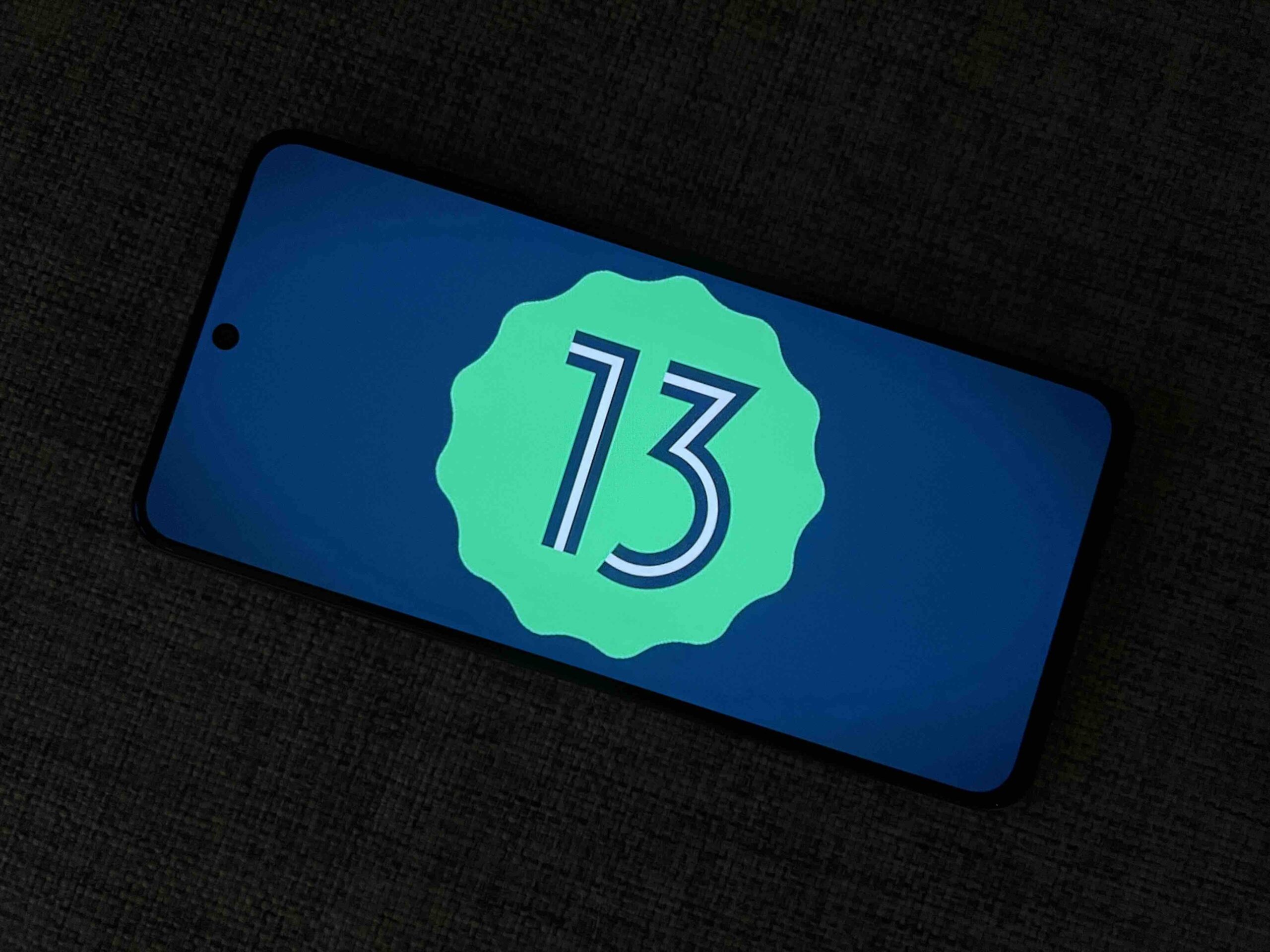
Motorola
Motorola is committed to regular and timely security upgrades as recommended by Google, but does not provide exact years or version numbers. It only mentions that it provides updates within the industry standard – that is, what Google mandates, nothing less, nothing more.
Sony
The Japanese company is very similar to Motorola. It simply does not indicate any time periods, but historically it is not one of those brands that would rush into updates. It usually only provides one new version of Android and two years of security.
It could be interest you
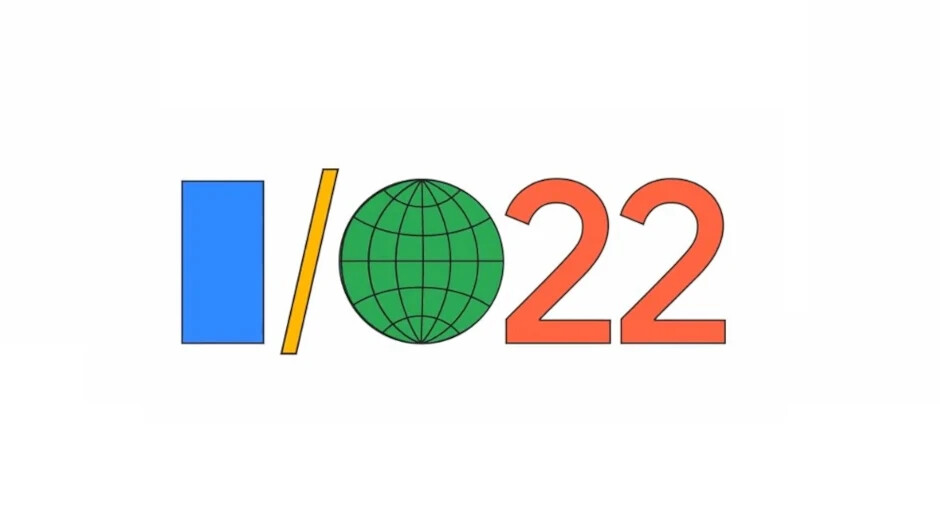
Xiaomi
Xiaomi deviates a bit. Although the company's devices usually only receive one major system update, MIUI has been supported for four years on the same model. It usually brings new Android functions within its superstructure, not in an update of the entire system.
 Adam Kos
Adam Kos 